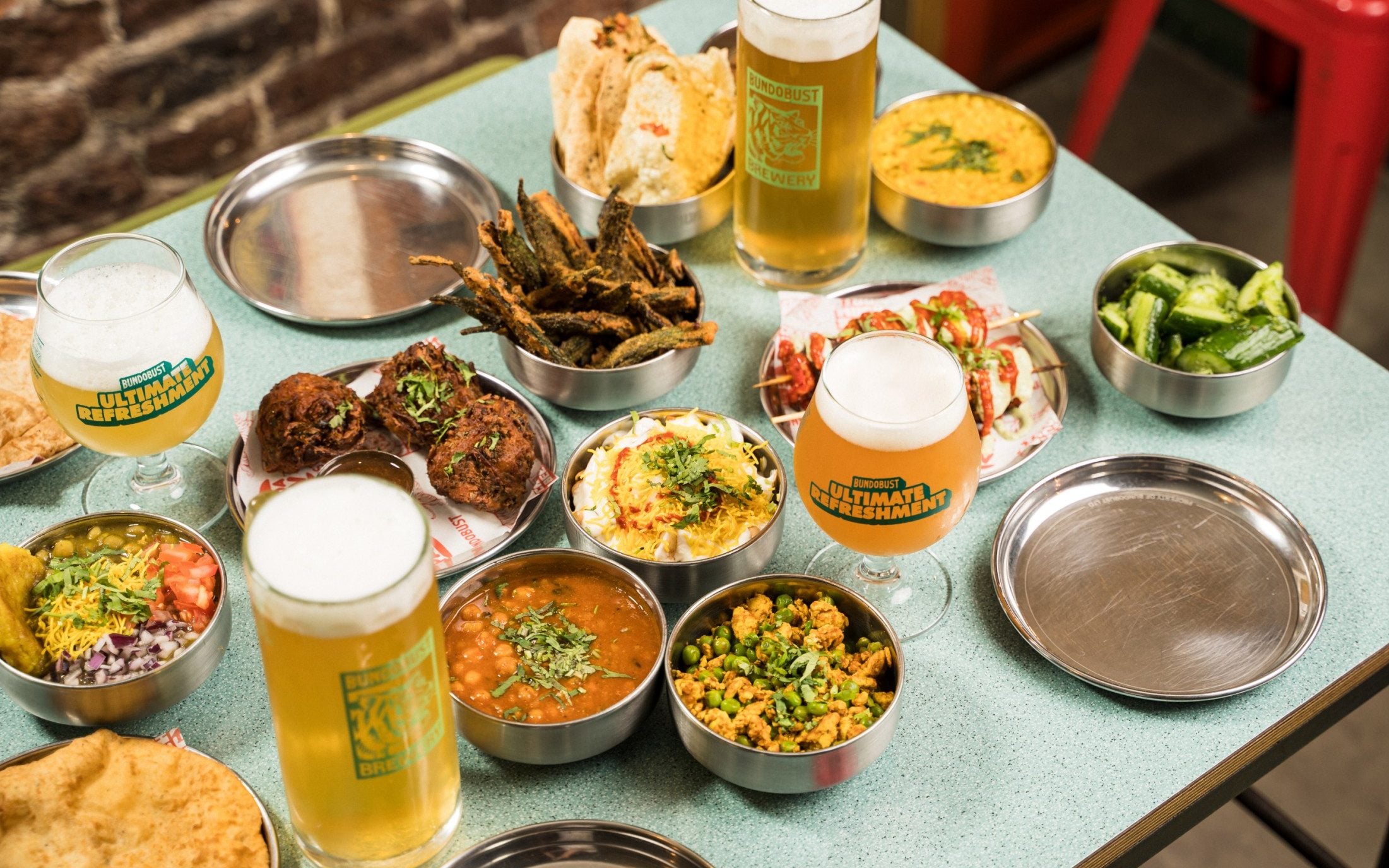
At Tamila in Clapham, south London, a selection of Indian dishes emerges from the kitchen. Batter-coated, delicately spiced onion bhajis accompanied by a refreshing mint chutney; puffed naan bread; and a rich, creamy version of butter chicken made with paneer. Tamila, which opened in October, presents a sense of familiarity and novelty.
Indian-born Prince Durairaj and Glen Leeson, who hails from the Midlands, said: “We want it to be a new interpretation of the classic concept. We admire the traditional curry houses and want to take all the good elements from that, but then put our own twist on it.”
There are similarities and departures, too - come for a chicken curry and a Cobra on a Friday night, or pair with fashionable orange wine. But the biggest difference is the emphasis on Tamil cooking. From the restaurant's name (a play on Durairaj's roots) to the dosa, the menu blends curry house staples like tandoori chicken with south Indian curries. Unlike the majority of Indian restaurants in Britain, the menu is concise, with just a few starters and main courses. It is very much a curry house for the 21st century.
recipe book.
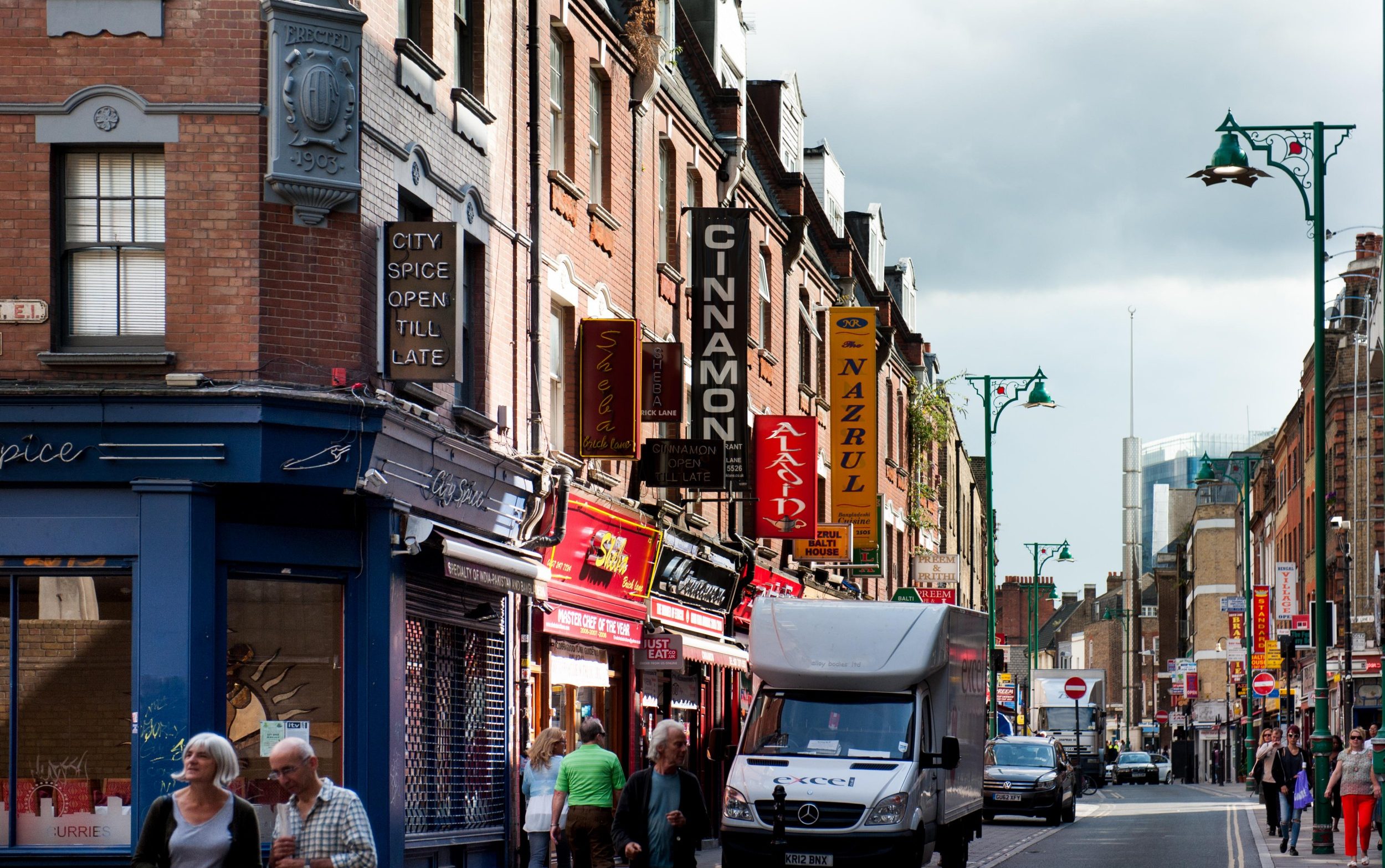
Around 8,000 curry houses are believed to be in existence today.
“[It’s] difficult to discover authentic chefs,” says Oli Uddin, chair of the Drummond Street Trade Association, which champions the businesses on the road in London, previously well-known for its Indian restaurants but now severely impacted by the HS2 project’s construction.
.
have become hits.
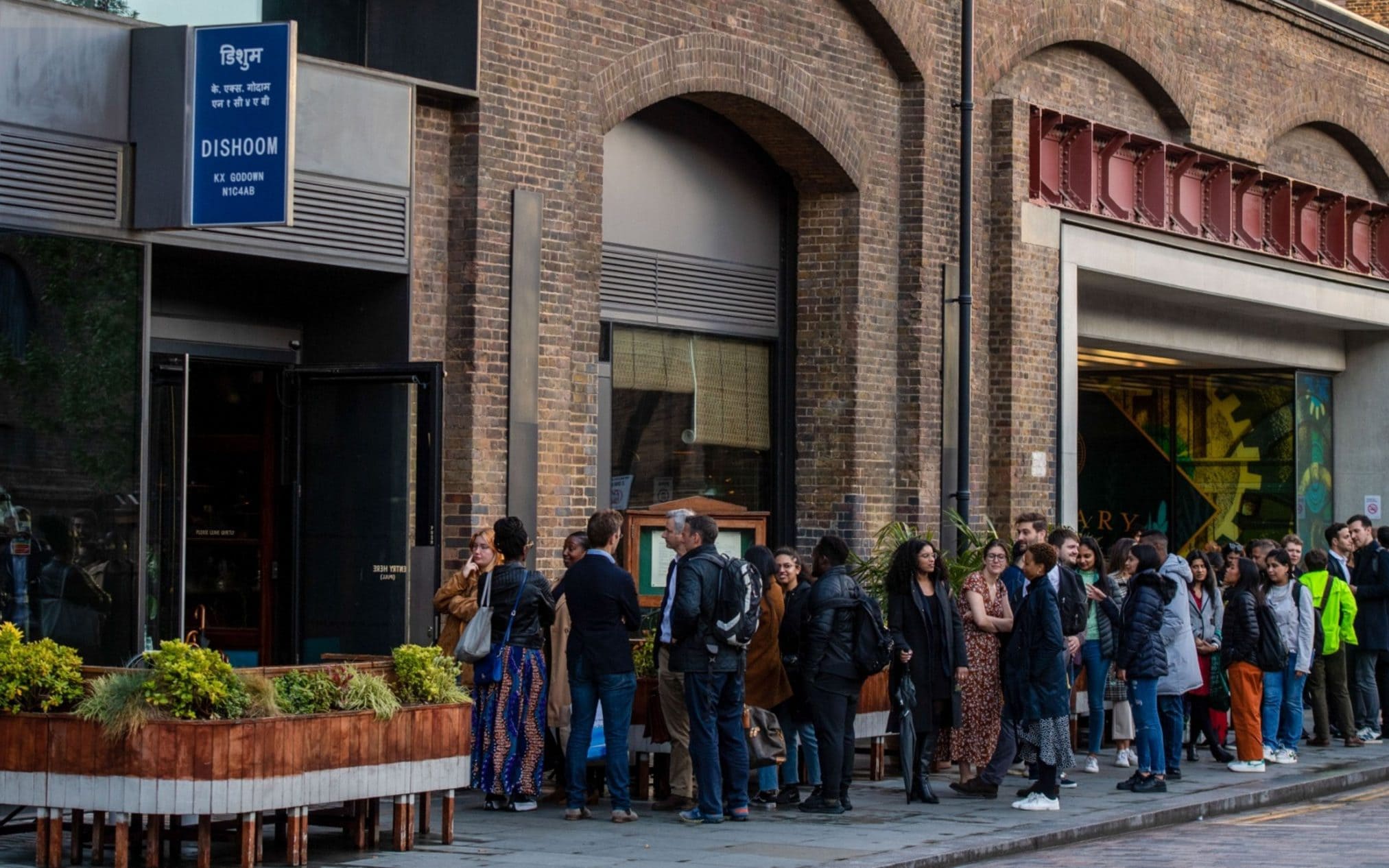
Many Bangladeshi curry houses have shut down in recent years," admits Khan. "They're being replaced by other communities. There are now more Sri Lankan and Pakistani restaurants, for example." Khan refers to it as "healthy competition.
Once simply referred to as "Indian food", there's now a wide range of South Asian restaurants, both in areas with big South Asian communities and in city centres. What marks the current trend is that the majority of them are not traditional curry houses, instead focusing on various regional styles and cuisines.
Food journalist Mallika Basu moved to the UK from India in 1998, and often visited curry restaurants. “They were a certain type of food you wouldn’t find back home, which isn't to say it's good or bad,” Basu says. “It's a very distinct form of food inspired by immigrants, a diasporic entrepreneurial take on what you'd eat back home.” As most of these restaurants were run by people from northern India, Bangladesh, or Pakistan, the British public got a narrow idea of what Indian food was, ignoring the subtleties from a country as big as a continent.
Although "I've been there often, I'm not actually sure when I last went into an Indian restaurant and had a meal there," Basu admits. "What they did was fantastic, but tastes have moved on. Some of these areas have become more expensive and people are becoming more sophisticated in their eating habits."
Tamila is the third restaurant from Leeson and Durairaj, following two other London venues modelled on desi pubs - establishments run by Indians that serve Indian food. Tamila, in Durairaj's view, "will feel a lot more like home to Brits, as it caters to their familiar flavours and dishes." Durairaj hails from southern India, before going on to work in south Asian restaurants in London, where he met Leeson. "I appreciate how much people love curry house culture here, there's no better combination than a curry and a pint." He adds that the curry houses we have don't accurately represent the diversity and complexity of the south Asian cuisine he was brought up on.
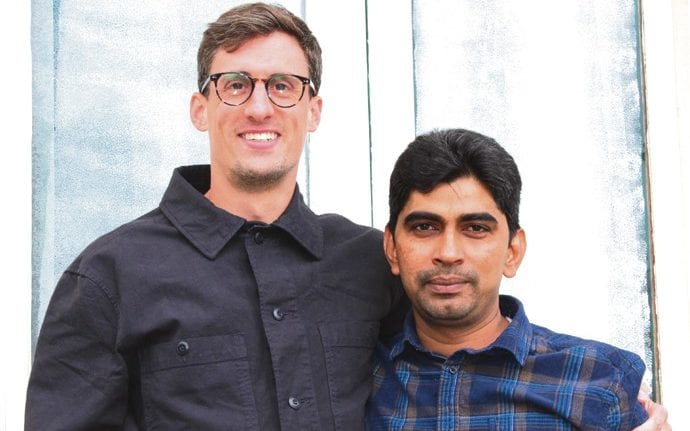
Unlike Durairaj, curry houses were a cherished Friday night tradition in Leeson's childhood in the Midlands. "Curry houses are an integral part of every community, a popular choice for locals on a regular basis, whether that's weekly or monthly. They've been a cornerstone of every community throughout the UK. We wanted to tap into that in our own way."
That gave them their first taste of success, and the opportunity to establish the modern curry house they had always envisioned.
The menu with a Tamil influence is led by Durairaj. While some dishes are comparable to those found in curry houses, others, such as the Thanjavur chicken curry, which incorporates coconut milk, are staple dishes from southern India. "Growing up, getting a takeaway from the curry house was simply Indian food. I had no knowledge that such a different flavour profile existed," Leeson confesses. "Curry houses have been popular in the UK for a long time, and people enjoy them. It's about tapping into that. That sense of familiarity, that emotion, but in a more modern format. You're still getting a curry and naan on a Friday night, and a Cobra or Kingfisher beer. In that way, it's very comparable." In January, Tamila will open its second site on Caledonian Road in north London.
Khan moved to the UK in 1973, working in restaurants with his father from the age of 17. "Eating habits are changing," he explains. "In the early days it was, 'who can eat the hottest curry', that sort of thing. The 1980s were the peak years for the curry house. The older, traditional curry houses, they're dying, they need to modernise."
Khan's experience is typical of many South Asians. Running thriving restaurants in Wallington, South London, he was able to send his children to private school and secure a "very good retirement". He now promotes the industry and organises the annual Asian Curry Awards. But he says, "our children are not joining, they've got better opportunities, there's not enough money to incentivise them." Khan's daughter is a lawyer, his son a doctor.
Yet some are taking on their family’s legacy. Mayur Patel was raised in Bradford by Gujerati parents who owned an Indian delicatessen called Prashad, which initially sold Indian sweets and snacks, such as samosas and Bombay mix, before branching out into main dishes. Having worked there during his childhood, Patel returned after completing university.
Prashad is still thriving (currently holding two AA Rosettes for serving "Indian vegetarian food of the highest order"), but 10 years ago Patel collaborated with Marko Husak, who ran a craft beer bar in the city. They started with pop-up events matching beer with Gujarati dishes. "Beer and Indian food has always worked, a Cobra and a chicken korma," says Husak. "But we tried to think of it in a new way, without reinventing the wheel." In 2014, they opened Bundobust in Leeds, where the Indian food scene was still dominated by traditional curry houses, according to Patel.
"We thoroughly enjoy a traditional curry house, we can certainly see its merits and value," says Patel. "The British-Indian scene, in terms of menus, is ingenious. I do have a great desire for it." However, at Bundobust, vegetarian sharing dishes, which Patel states evoke how Gujaratis dine, achieved an instant success. "Our food has Gujarati roots, but there's also food from Punjab, Nepal, and Indo-Chinese cuisine, it's a unique blend of the entire continent." The most in-demand dishes comprise barbecued paneer tikka skewers and vada pav, spiced mashed potato served in a brioche bun, a well-known Indian street food snack.
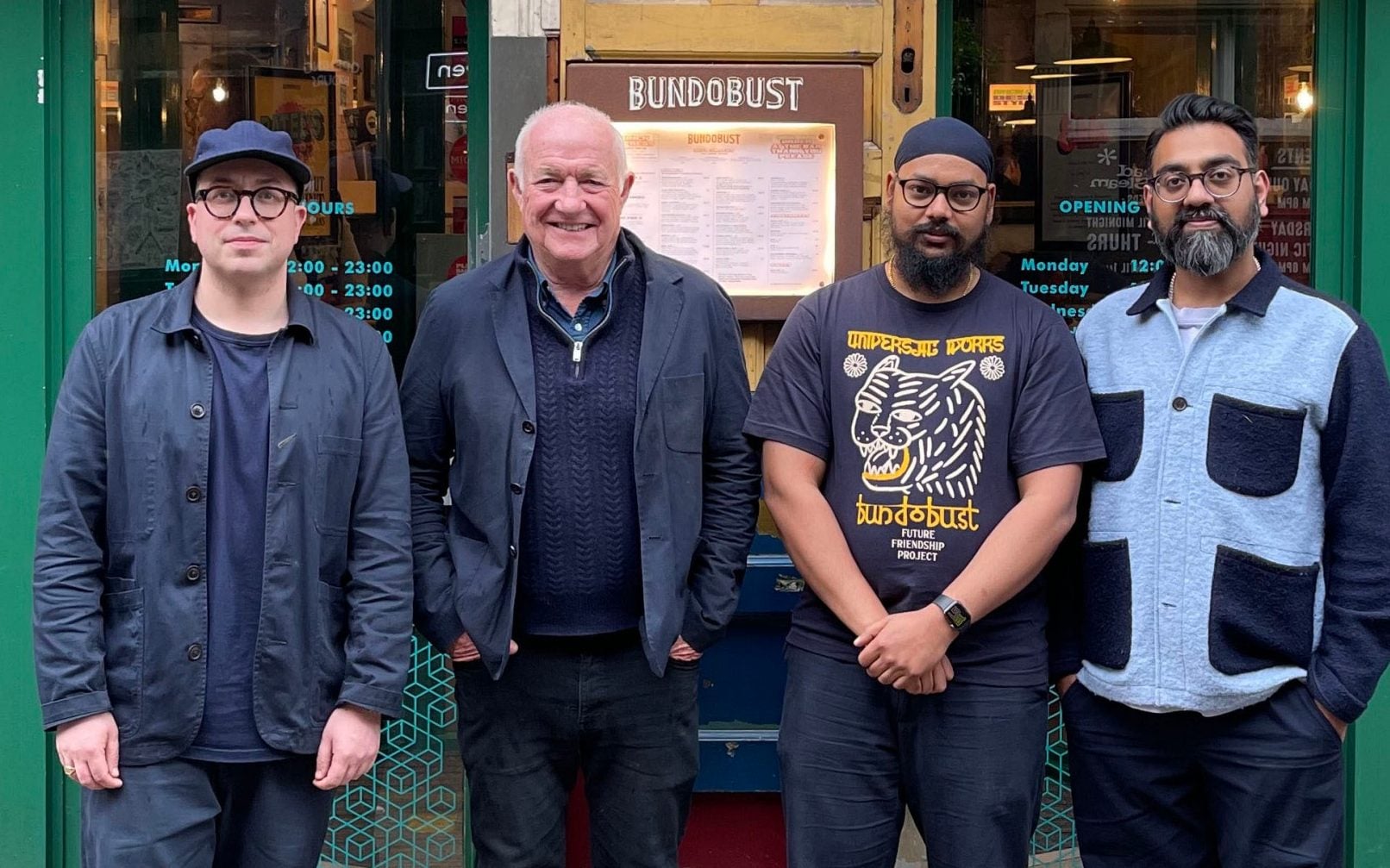
In Soho, particularly famous for its biryani and, as Basu notes, a restaurant that "doesn't do butter chicken." "It's a bold move, everyone wants butter chicken."
In the 1970s, the majority of curry houses were established by first-generation immigrants, and more recently, new arrivals have been behind a string of new openings. The same year that Bundobust opened its doors in Leeds, the city welcomed another new arrival offering a completely different culinary style. Siby Jose came to the UK to complete an MBA, and after graduating joined a south Indian restaurant chain in the Midlands. After a decade, he decided to start his own business, and discovered that Leeds was missing a Keralan restaurant. In 2014, Jose opened Tharavadu. It was an instant hit since the day it opened.
Many anticipated the usual choices, Jose recalls. “The instant you say you don’t serve tikka masala, jalfrezi or naan, people presume it's not Indian food. We had to bring people up to speed. India is a vast country, each state has its own distinctive cuisine, and diverse curries. But the people of Leeds took a particular shine to it.”
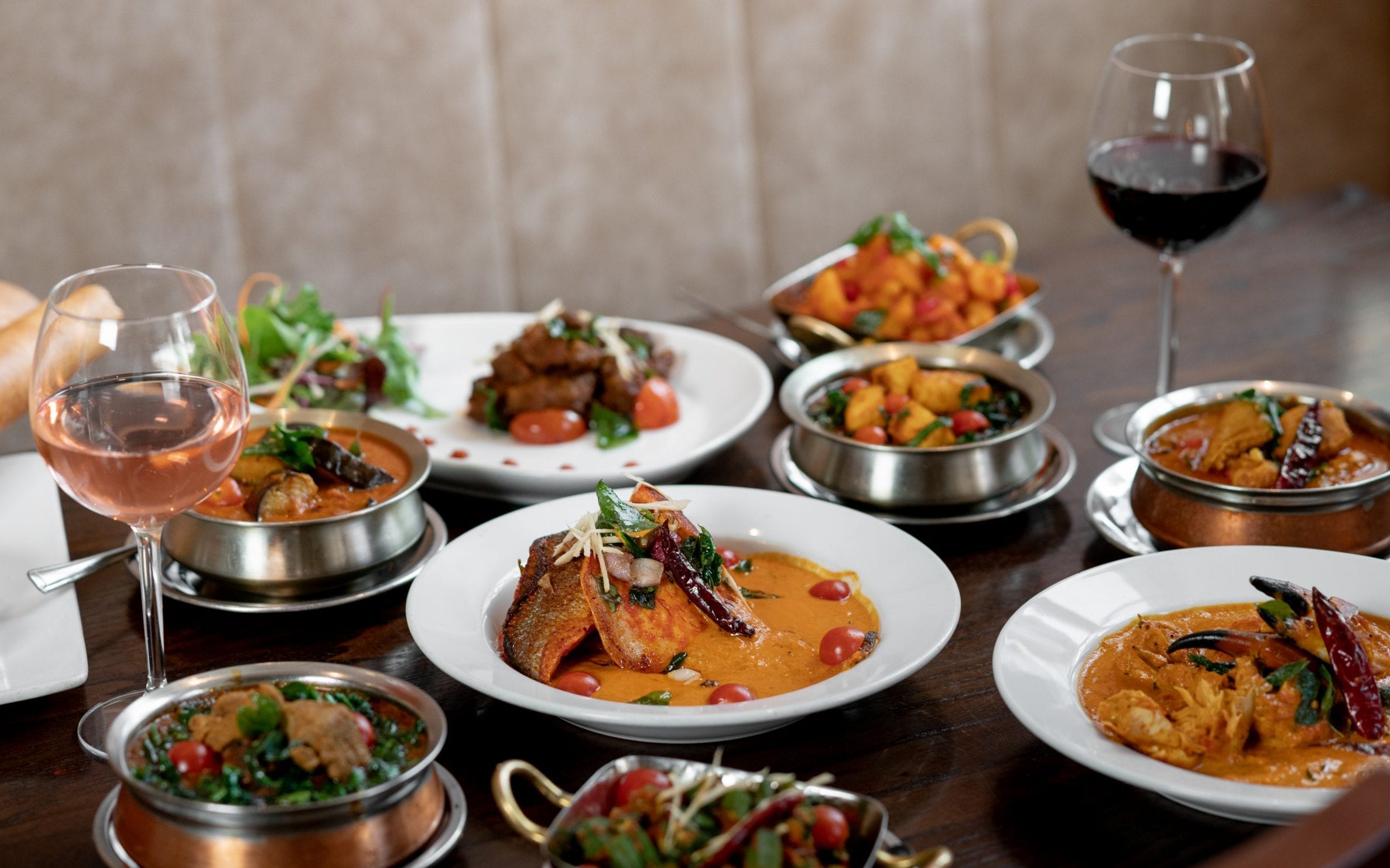
Tharavadu quickly found its way into the Michelin Guide and received several awards. It expanded in size in 2018, but was almost always fully booked. Prior to 2025, Jose is opening a new, 400-cover restaurant called Uyare, in the city’s Victoria Gate Centre. Jose describes Keralan cuisine as “completely different in taste, texture and flavour” from the standard menu served in traditional curry houses. Tamarind and coconut milk are heavily featured in Keralan dishes, while his most beloved dish is meen koottan, an aromatic, spicy fish curry that pairs best with a flaky paratha flatbread. Jose has admitted to having toned down the level of spiciness (Keralan food is “extremely hot”), but believes that British people are “more open to trying new things” than ever.
At Fatt Pundit in the heart of London, you'll find waiters dressed in sleek black shirts, with some of them wearing suits as well. The interior sports comfortable leather banquettes and a minimalist decor. There's a particularly delicious mango lassi that really hits the spot with its tangy flavour. On first glance, it could easily be a traditional curry house. However, a closer look reveals an unusual feature on the tables: chopsticks. This is something you wouldn't typically expect to find in a curry house, but Fatt Pundit specialises in Indo-Chinese cuisine. Their menu features a range of dishes, including Nepalese and Tibetan-style momos, steamed dumplings, a sweet and sour-inspired sesame vegetable dish, and prawns cooked in a black bean and Sichuan sauce. Even on a chilly Wednesday afternoon, the restaurant is bustling with a predominantly Indian crowd.
Like Jose, Mr Sajawal's owner Huzefa Sajawal arrived in the UK to study. Born in Mumbai, he notes that meals eaten out in his youth were nearly always Chinese - he claims the best Indian food was served at home, prepared by his mother or grandmother. “Statistically, it seems, the most popular type of food in India is Indo-Chinese. With a population of a billion, there must surely be something to justify its appeal.”
Indian-Chinese cuisine originated with Chinese settlers in Kolkata, who blended Chinese cooking methods, such as stir-frying in a wok, with local herbs and spices, such as coriander, garam masala, turmeric, and Indian chillies, which has led to the creation of a very popular culinary fusion throughout India. Dishes like chicken manchurian – crispy fried chicken in a sweet and spicy sauce – have become extremely widespread.
Sajawal discovered that the local cuisine was difficult to obtain, so, despite having experience in hotels and French restaurants, he decided to open Bombay Wok in Hounslow, which proved to be a favourite among local Indian communities. He subsequently launched Bombay Chow in Wembley and Northwood, but had always envisaged launching a restaurant in Central London.
Fatt Pundit opened in Soho in 2019. Although it was well-liked by Indians, 'admits Sajawal, the first year was extremely tough, as people weren't familiar with it.' 'It's different,' he says. 'It's still part of Indian cuisine, but if people were assuming they'd be getting butter chicken and a naan, which I also adore, we don't serve that here.' By 2021, Sajawal had opened a second outlet in Covent Garden, proving his conviction about Indo-Chinese food was well grounded, especially in a nation that's accustomed to both cuisines.
There are still thousands of traditional curry houses, and no doubt this will always continue – they are a staple part of the nation's culture. Since 2021, Deliveroo has observed a 9 per cent rise in demand for Indian food, while on Just Eat, its main rival, it is the fourth most sought-after cuisine. "Traditional restaurants are still doing well, [especially] with older customers," says Khan.
The South Asian food scene is expanding rapidly. "Italian food has managed to become regionalised across its entire menu - how many varieties of pizza can we get now?" says Patel. "That's exactly what's happening with Indian food, albeit a couple of generations later. Regional Indian cuisine is definitely on the rise, with every variety starting to gain popularity. Though previously, curry houses predominantly served Bengali or Pakistani cuisine, other local specialties are now being represented."
There will always be the most popular dish, it is really good," says Sajawal. "But people are now more open to not having a poppadum, and trying something other than a bhuna.
Play The Telegraph's superb selection of Puzzles - and brighten up your day. Sharpen your mind and lift your mood with PlusWord, the Mini Crossword, the challenging Killer Sudoku and even the classic Cryptic Crossword.

